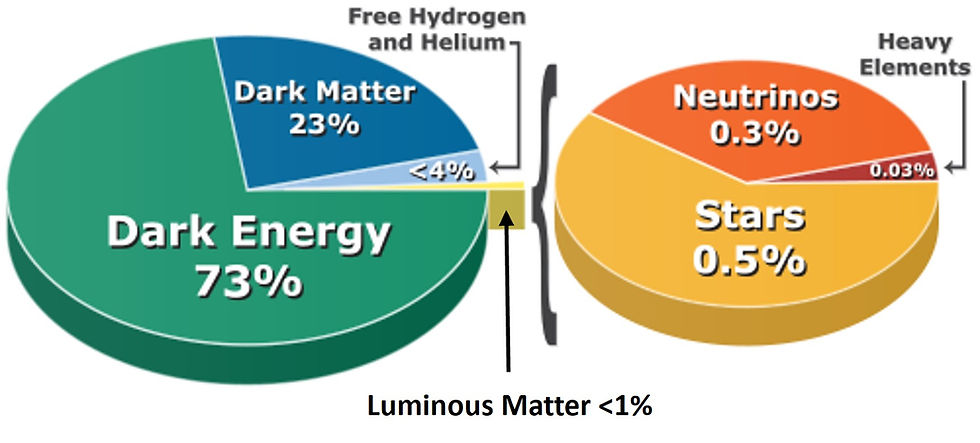The Father of Lights
- stephenstrent7

- Jun 20
- 3 min read

The quark structure of a proton. Each photon is comprised of two up quarks and one down quark. The strong force is mediated by gluons (wavey lines). The strong force has three types of charges, the so-called red, green and the blue. Note that, in this figure, the choice of green for the down quark is arbitrary; the “color charge” is thought of as circulating among the three quarks. Wikipedia
Where Science Meets the Doctrine and Covenants, for the Come Follow Me lesson June 23-29 Doctrine and Covenants 67-70
In Doctrine and Covenants 67:9, Christ said, “…that which is righteous cometh down from above, from the Father of lights.” We were told in 6:21, “…I am the light, which shineth in darkness, and the darkness comprehendeth it not.” Then in 50:24, “That which is of God is light…”
This theme of light, the Father, and Christ is a common theme running through the Doctrine and Covenants, beginning with the enigmatic references cited above, including reference to the “Father of lights”. I will discuss this theme in the course of later essays. At this point, I will only glimpse forward and quote from Doctrine and Covenants 88:13, “The light which is in all things…which is the law by which all things are governed…”
By November 1831, when section 67 was given, John Dalton, an English chemist and physicist, had advanced the theory that all matter is comprised of atoms, which he proposed were indivisible and indestructible. At the time, less than 50 of the 118 elements had been discovered, and by 1900, around 80 were known.
Then, in 1909, Ernest Rutherford, Hans Geiger and Ernest Marsden shattered the world’s understanding of “solid” matter. They shot alpha particles from a radium source, which Rutherford had discovered ten years earlier, at a sheet of gold foil. Amazingly, about 99% of the particles passed right through the foil without hitting anything—the foil, which looked and felt solid, was 99% space! Only 1% of the particles hit something solid and were deflected. In 1920, Rutherford further described the “solid” particles in the atom, and named them protons.
Quarks were first proposed theoretically in 1964 by Murray Gell-Mann and George Zweig. Experimental evidence of their existence came in 1968 at the Stanford Linear Accelerator Center. We now “know” that each proton is comprised of two up quarks and one down quark. We also now know that quarks account for only 1-2% of a proton’s mass. The energy of quark movement accounts for about 32% of the total mass, and gluon attraction, which “holds” the quarks together, accounts for another 36%. Quantum effects, such as the interactions between the quarks and gluons, contribute the remaining 23% of the total mass. And what is a quark? A quark is a fast-moving point of energy.
So, what was thought of in 1831, and many years thereafter, as “solid matter” turns out to be all “solid” energy. What keeps us from walking through walls is energy, which our minds interpret as solid matter.
In November 1831, when the Prophet Joseph Smith was told that righteousness “…cometh down from above, from the Father of lights,” was he being given a glimpse into modern science, when we “understand” that everything we perceive in the entire universe is comprised of energy, or “light (?)”? The fundamental particles, which comprise the entire universe, are; quarks, gluons, photons, and leptons (including electrons and neutrinos). Light is actually photons, but when we are told in the Doctrine and Covenants that, “The light which is in all things…which is the law by which all things are governed…”, I think that “light” is referring to all the fundamental particles, as well as other, as yet undiscovered, mystery particles, which I will discuss in later essays. I think the word “lights” (pleural) in section 67 is referring to far more than just photons, but if Christ had said “the Father of quarks, gluons, photons, leptons, etc.”; no one in 1831 would have had a clue what he had said.
Here’s where I think the real fun with the science in the Doctrine and Covenants begins.
Trent Dee Stephens, PhD



Comments